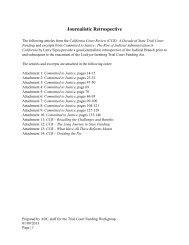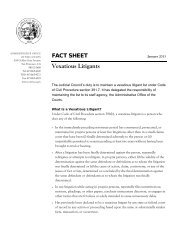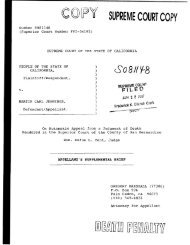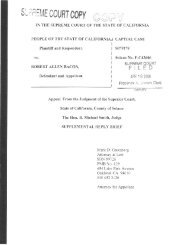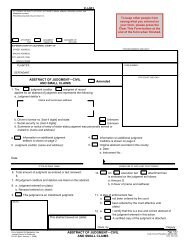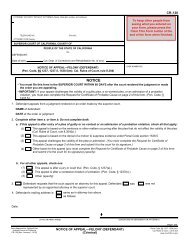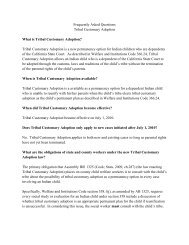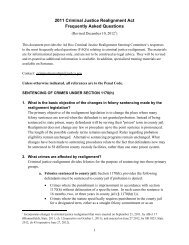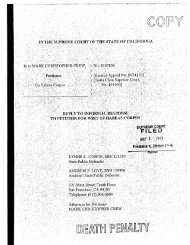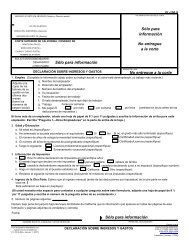Appellant, William Satele, Reply Brief - California Courts - State of ...
Appellant, William Satele, Reply Brief - California Courts - State of ...
Appellant, William Satele, Reply Brief - California Courts - State of ...
You also want an ePaper? Increase the reach of your titles
YUMPU automatically turns print PDFs into web optimized ePapers that Google loves.
57 Cal.AppAth 871, 877; 9 Witkin, <strong>California</strong> Procedure (4th ed. 1997), Appeal,<br />
§ 399,451-452.)<br />
In his argument to the jury at the guilt/innocence phase, after discussing<br />
principles relating to aiding and abetting, the prosecutor argued that both<br />
defendants were guilty, and that it did not matter who the actual shooter was. The<br />
prosecutor acknowledged, "I will be the first to tell you that I did not prove to you<br />
who the actual shooter was." (14RT 3210-3211.) Later, he reiterated this<br />
statement, saying"<br />
... again, I'm the first to tell you I didn't prove who the actual<br />
shooter was, if you don't know who the actual shooter was - that<br />
jury instruction says the person that aided and abetted, you must also<br />
find they intended to kill .<br />
So, although I didn't show who the actual shooter was, all<br />
three intended to kill while they were in that car...."<br />
(14RT 3214.)<br />
In short, at the guilt/innocence stage the prosecutor did not rely on the<br />
theory that both defendants had fired the shots, or that he had proven who actually<br />
fired the shots. The theory that appellant was the actual shooter was never<br />
presented to the jury as a matter <strong>of</strong> a tactical choice <strong>of</strong> the Deputy District<br />
Attorney. Therefore, the jury did not have to decide whether appellant was the<br />
shooter.<br />
Indeed, even respondent's current arguments regarding the speed with<br />
which the bullets were fired is a departure from the prosecution's position at trial.<br />
Although respondent now argues it is speculation to conclude that the bullets were<br />
fired in a briefperiod <strong>of</strong>time (RB at p. 116), at trial the prosecutor argued that the<br />
four bullet wounds "could [have] happen[ed] in less than a second." (14RT 3240.)<br />
The rule that a party may not change theories on appeal is so well<br />
established that as long ago as 1933 this court referred to it as "well-settled."<br />
Thus, in the venerable case <strong>of</strong> Ernst v. Searle (1933) 218 Cal. 233 this court<br />
stated:<br />
8



